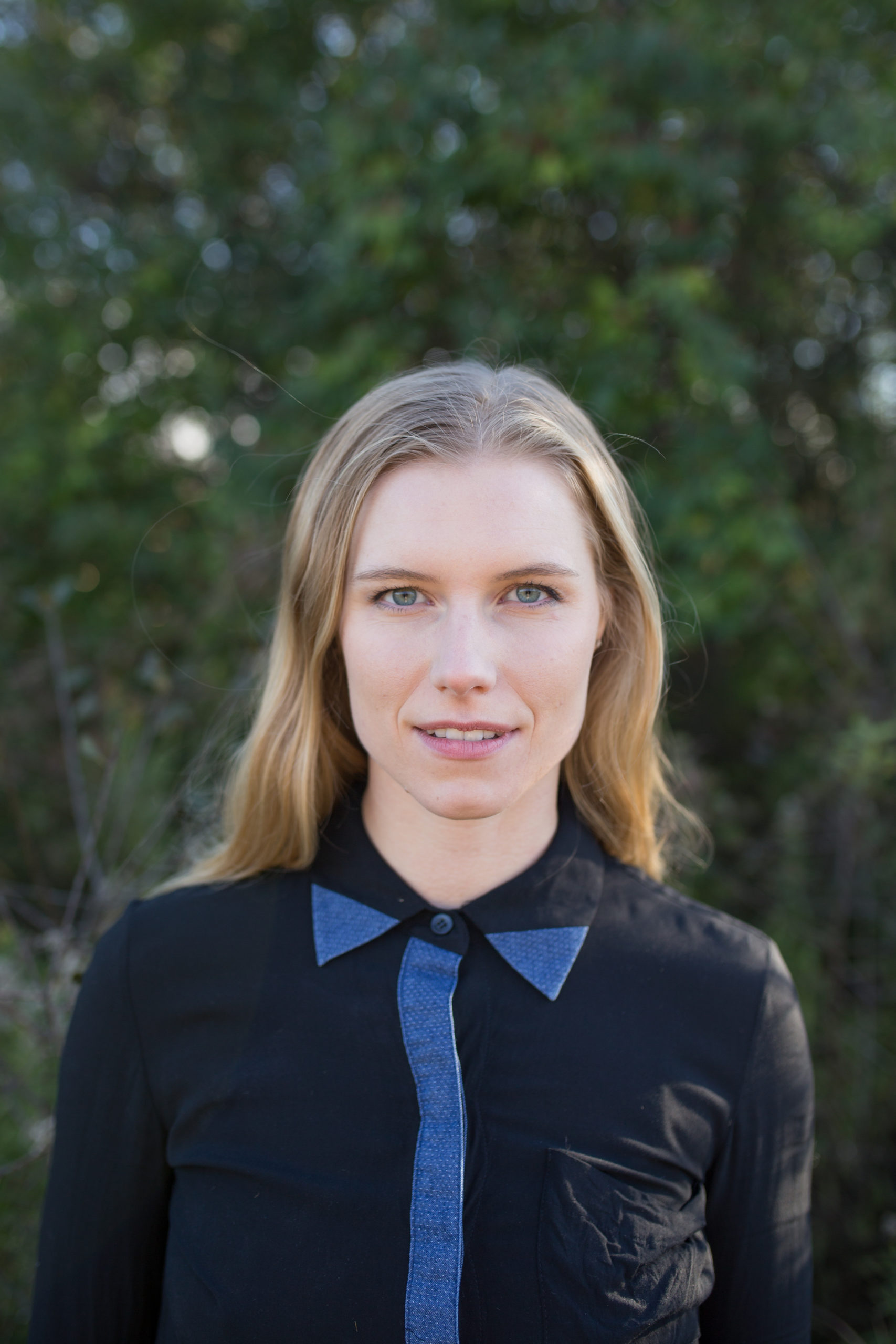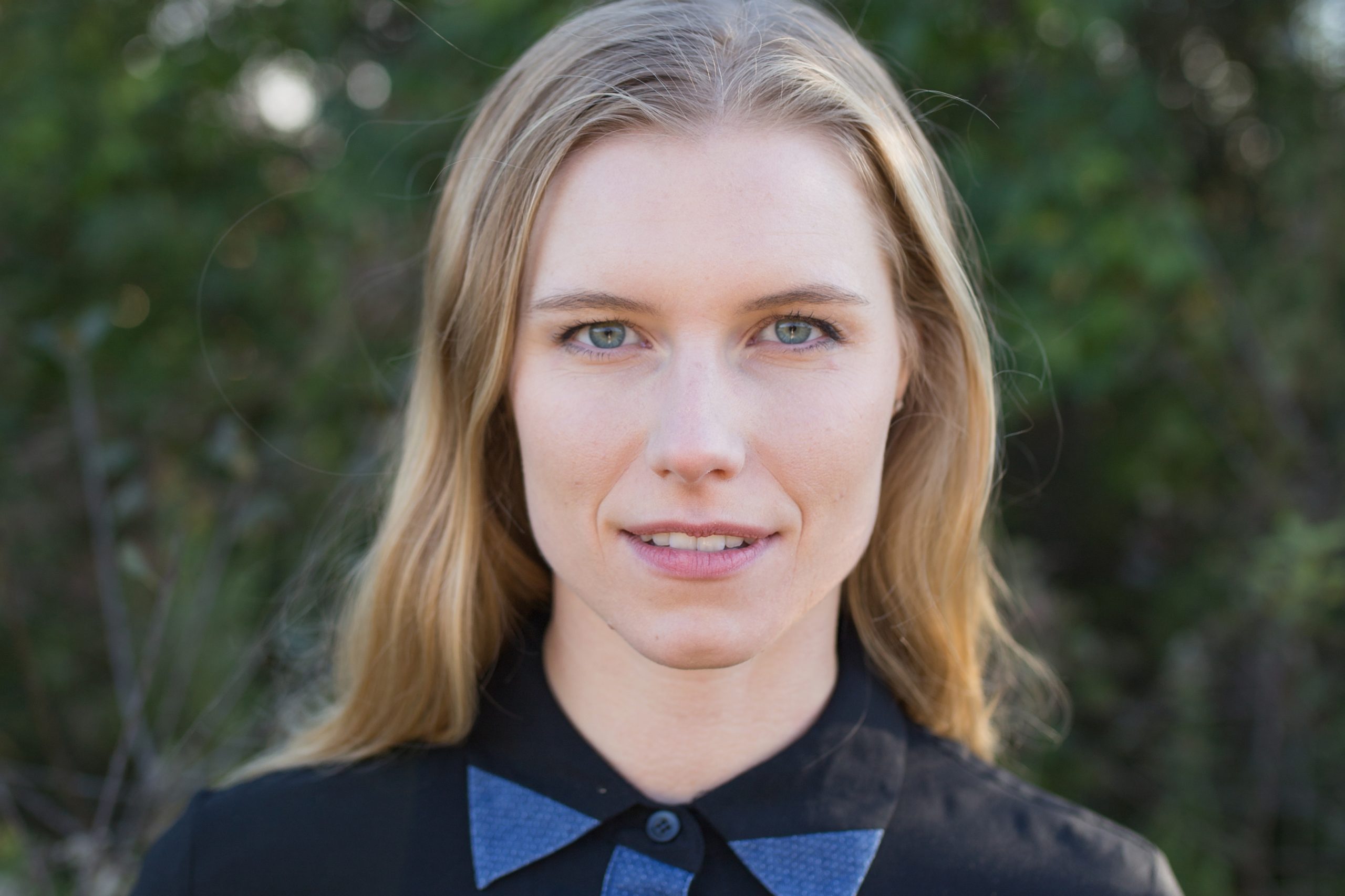
Nicki Reehorst
Alumna Nicole Reehorst (MFA ‘19, dance), who prefers to go by Nicki, is a danceartist and educator based in Grand Rapids, Michigan. She teaches on faculty at Grand Rapids Ballet and Grand Valley State University, and has been a recurring guest instructor in the U-M Dept. of Dance. She has danced professionally with Nashville Ballet, NB2, Dance in the Annex, Arkansas Festival Ballet, and Chavasse Dance & Performance. Her choreography has been presented by Avenue for the Arts, Nashville Ballet, Grand Rapids Ballet, UMMA, Interlochen Center for the Arts, the University of Oklahoma, and Michigan Youth Arts Festival. She holds an MFA in dance from U-M and a BFA in ballet performance from the University of Oklahoma.
Reehorst is one of the featured choreographers in this week’s Department of Dance production, “Dance Despite COVID.” Here, Reehorst discusses the process of creating performance against the backdrop of a pandemic.
How did you approach your work for “Dance Despite COVID”? Was it a work you already had in progress, or did you develop it specifically for this concert?
I developed “Falling Softly” specifically for this virtual concert. When Christian Matijas-Mecca (the chair of the Department of Dance.) contacted me about making something for the dance majors that would meet the social distancing parameters that had been established, my mind immediately went into spatial pattern problem solving mode. I was inspired by the challenge of creating dance for a traditional live-performance venue that would give as many students the opportunity to perform as possible, while maintaining a strict adherence to social distancing. After being confined to small spaces for the past year, I wanted to develop a dance work that had an expansive and high-energy feel, and that would showcase the technical training of these dancers. Once I met with the students, I knew that together we could produce something that balanced expansiveness and virtuosity with the spacial conscientiousness that is necessary during this time.
What was your biggest challenge in producing your performance?
Part-way through my second weekend of rehearsing in-person with the cast of “Falling Softly” the dance building had to be closed down out of precaution, so our rehearsals for the rest of the weekend were moved to Zoom. We created the whole third section of the work on Zoom, each of us in our individual squares on the screen. It was difficult because the third section is basically a four-minute long sequence of movements that constantly moves forward, creating an endless “loop” of dancers in the theater setting. I had to teach the students the sequence in small sections based on the length of my apartment living room (and the students had to then translate that to their own condensed spaces). Amazingly, when we were able to come back into the studio together, the sequence translated pretty easily in the larger space– and everyone knew the choreography!
What was the biggest positive that came out of this experience?
I really enjoyed having the opportunity to think and create with a larger artistic team again, after so many months of working alone or in 2-5 person groups. The whole process of making “Falling Softly” was the collaborative effort of myself, the dancers, and the entire University Productions team. I think this work is a reflection of our shared eagerness to get back to creating and supporting live art. It was an incredible feeling to be back in the theater.
What do you want people who are viewing your work to know?
This work would not have been possible without the effort and adaptability of these dancers. This process presented so many “firsts” for all of us, beyond the usual first of working on a creative process with a new choreographer or creating something with a new group of dancers (which can be challenging in and of itself!). We all had to learn (and develop) a new method for creating dance together, and I really owe it to these students for their willingness to make this happen “despite COVID.”
Speaking more broadly, what are your major observations about being a performing artist during COVID?
I can only speak for myself here, but I think the lack of traditional opportunities to create and perform has stimulated a renewed sense of energy within the performing arts. For me, I feel a fresh sense of inspiration from the action of moving through space and the incredible creative potential of dancing bodies. I feel enamored by the task of composing phrases of movement and embracing collaboration with music and other dance artists. Making dance, any dance, feels central right now.
I feel hopeful that the additional creative problem solving done by all performing artists during this challenging time will not only sustain our work, but will actually enhance and productively complicate live performance on the other side of this pandemic.

